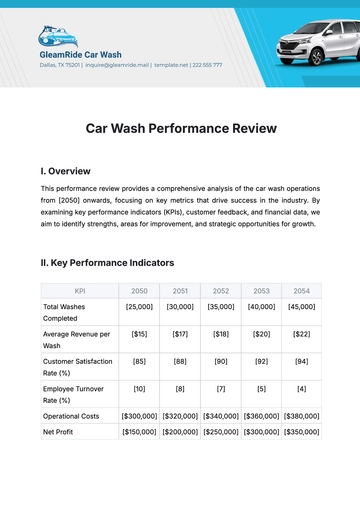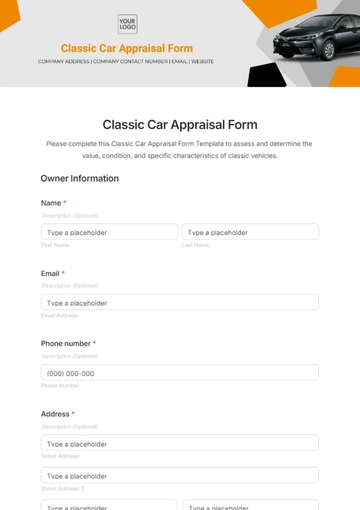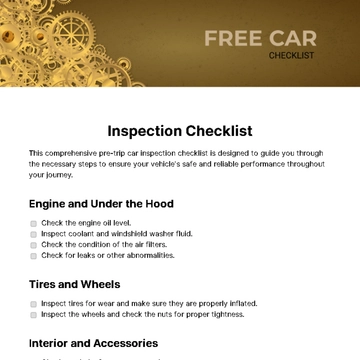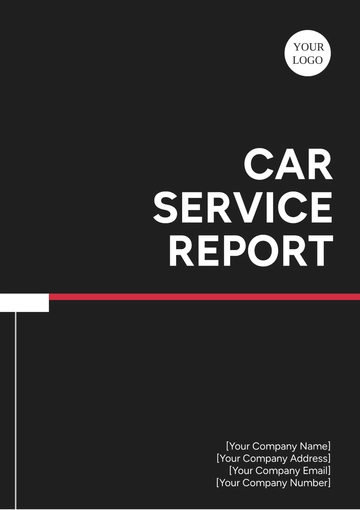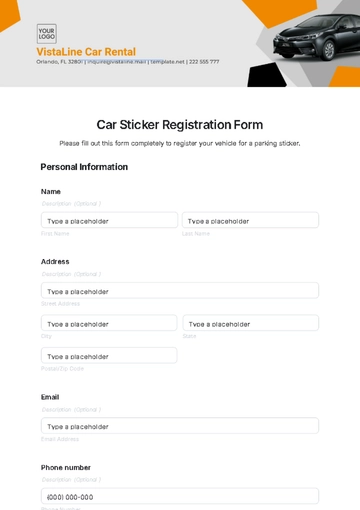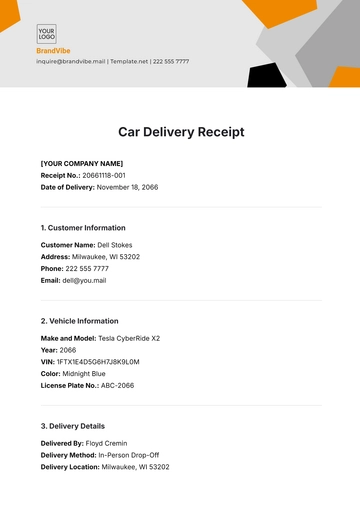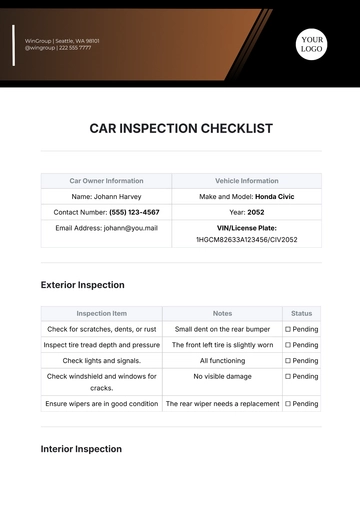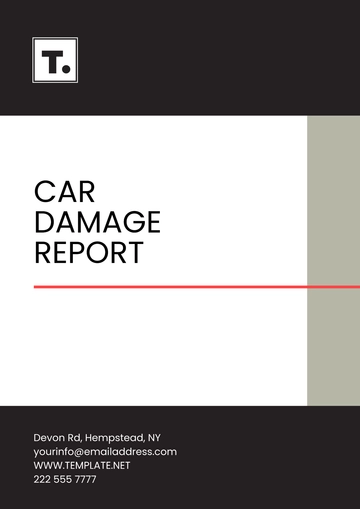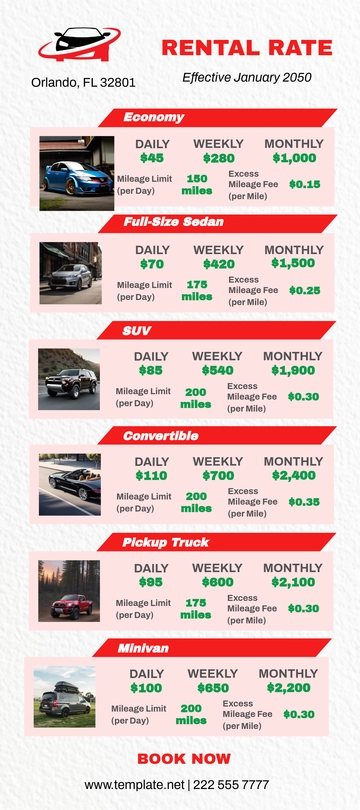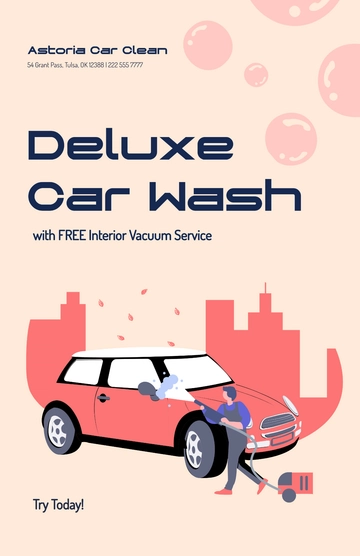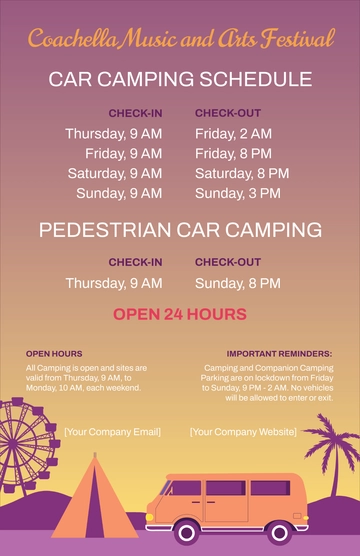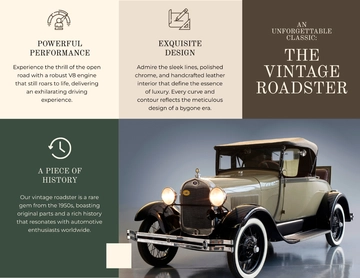Free Car Wash Performance Review
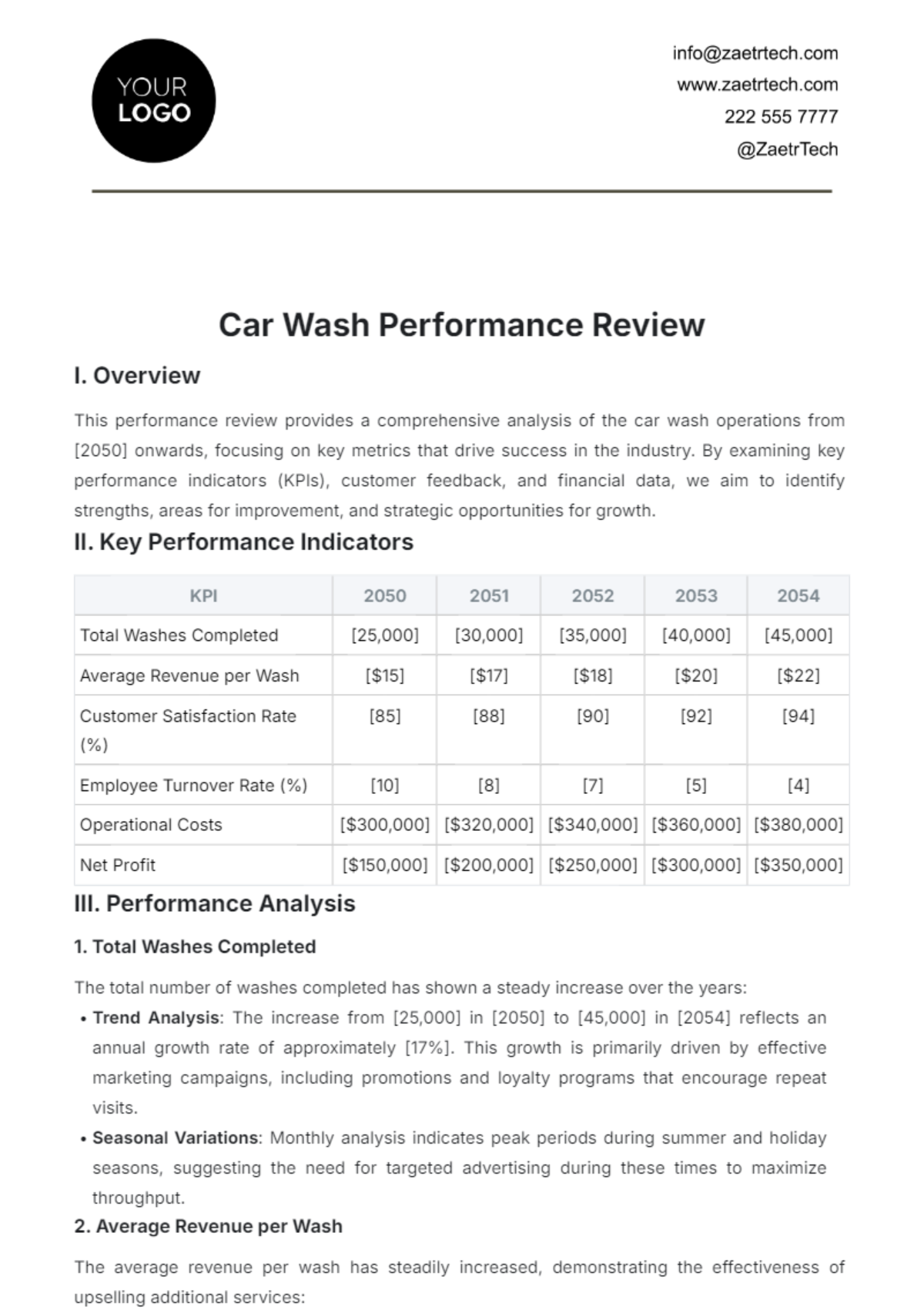
I. Overview
This performance review provides a comprehensive analysis of the car wash operations from [2050] onwards, focusing on key metrics that drive success in the industry. By examining key performance indicators (KPIs), customer feedback, and financial data, we aim to identify strengths, areas for improvement, and strategic opportunities for growth.
II. Key Performance Indicators
KPI | 2050 | 2051 | 2052 | 2053 | 2054 |
|---|---|---|---|---|---|
Total Washes Completed | [25,000] | [30,000] | [35,000] | [40,000] | [45,000] |
Average Revenue per Wash | [$15] | [$17] | [$18] | [$20] | [$22] |
Customer Satisfaction Rate (%) | [85] | [88] | [90] | [92] | [94] |
Employee Turnover Rate (%) | [10] | [8] | [7] | [5] | [4] |
Operational Costs | [$300,000] | [$320,000] | [$340,000] | [$360,000] | [$380,000] |
Net Profit | [$150,000] | [$200,000] | [$250,000] | [$300,000] | [$350,000] |
III. Performance Analysis
1. Total Washes Completed
The total number of washes completed has shown a steady increase over the years:
Trend Analysis: The increase from [25,000] in [2050] to [45,000] in [2054] reflects an annual growth rate of approximately [17%]. This growth is primarily driven by effective marketing campaigns, including promotions and loyalty programs that encourage repeat visits.
Seasonal Variations: Monthly analysis indicates peak periods during summer and holiday seasons, suggesting the need for targeted advertising during these times to maximize throughput.
2. Average Revenue per Wash
The average revenue per wash has steadily increased, demonstrating the effectiveness of upselling additional services:
Service Add-Ons: The introduction of new services, such as detailing and ceramic coating, has contributed to revenue growth. Revenue per wash increased from [$15] to [$22], a rise of about [47%].
Customer Segmentation: Targeting higher-income segments with premium services has proven effective. Customer feedback suggests a willingness to pay for enhanced services, particularly eco-friendly options.
3. Customer Satisfaction Rate
A consistent improvement in customer satisfaction, rising from [85%] in [2050] to [94%] in [2054], indicates that operational changes are resonating with customers:
Feedback Mechanisms: Implementation of regular customer surveys and feedback systems has allowed for real-time adjustments in service quality. High satisfaction correlates with effective resolution of complaints and proactive service.
Staff Training: Increased investment in staff training has yielded positive results, as employees report feeling more confident in their roles, leading to better customer interactions.
4. Employee Turnover Rate
The employee turnover rate has decreased significantly, dropping from [10%] in [2050] to [4%] in [2054]:
Workplace Culture: Initiatives to improve workplace culture, including team-building activities and recognition programs, have been successful in fostering a sense of belonging among employees
Compensation and Benefits: Enhanced compensation packages and benefits have contributed to higher retention rates, ensuring a more experienced workforce, which in turn enhances service delivery.
5. Operational Costs
While operational costs have risen from [$300,000] to [$380,000], this increase aligns with the growth in services and the overall expansion of the business:
Cost Management: Careful monitoring of expenses, particularly in supplies and utilities, has been crucial. Investments in technology, such as water recycling systems, have reduced long-term operational costs.
Efficiency Improvements: Streamlining operations through better scheduling and inventory management has helped keep cost increases manageable despite the rise in wash volume.
6. Net Profit
Net profit has experienced significant growth, increasing from [$150,000] in [2050] to [$350,000] in [2054]:
Profit Margin Analysis: The net profit margin has improved from [50%] to [60%], indicating not only increased revenue but also effective cost control. This shows a healthy balance between revenue growth and operational expenses.
Future Projections: Based on current trends, we project continued profitability, with potential net profit reaching upwards of [$500,000] by [2055] if growth strategies are maintained.
IV. Strategic Recommendations
To sustain and enhance performance, the following strategies are recommended:
Expand Service Offerings: Introduce innovative services, such as subscription models for regular washes and additional eco-friendly options to attract environmentally conscious consumers.
Enhance Marketing Strategies: Invest in digital marketing and social media campaigns to reach broader audiences, particularly younger demographics who prioritize convenience and quality.
Leverage Technology: Utilize advanced technology for customer management and operational efficiency, including mobile apps for scheduling and payments, which can enhance customer experience.
Employee Development Programs: Continue to invest in training and development to further decrease turnover rates and improve service quality, ensuring a well-equipped staff that can handle diverse customer needs.
Sustainability Initiatives: Implement green practices, such as water conservation and biodegradable cleaning products, to align with growing consumer demand for sustainable services.
V. Conclusion
The performance review indicates a robust upward trajectory for the car wash business in [2050]. With improvements in customer satisfaction, revenue, and net profits, the company is well-positioned for sustained growth. By focusing on strategic initiatives in service offerings, marketing, technology, and employee development, the car wash can capitalize on current momentum and continue to thrive in the competitive landscape.
- 100% Customizable, free editor
- Access 1 Million+ Templates, photo’s & graphics
- Download or share as a template
- Click and replace photos, graphics, text, backgrounds
- Resize, crop, AI write & more
- Access advanced editor
Evaluate your team’s efficiency with the Car Wash Performance Review Template from Template.net. This editable and customizable template helps you assess staff performance and service quality. Tailor it using our Ai Editor Tool to ensure continuous improvement and client satisfaction. Drive success—create thorough performance reviews today!
